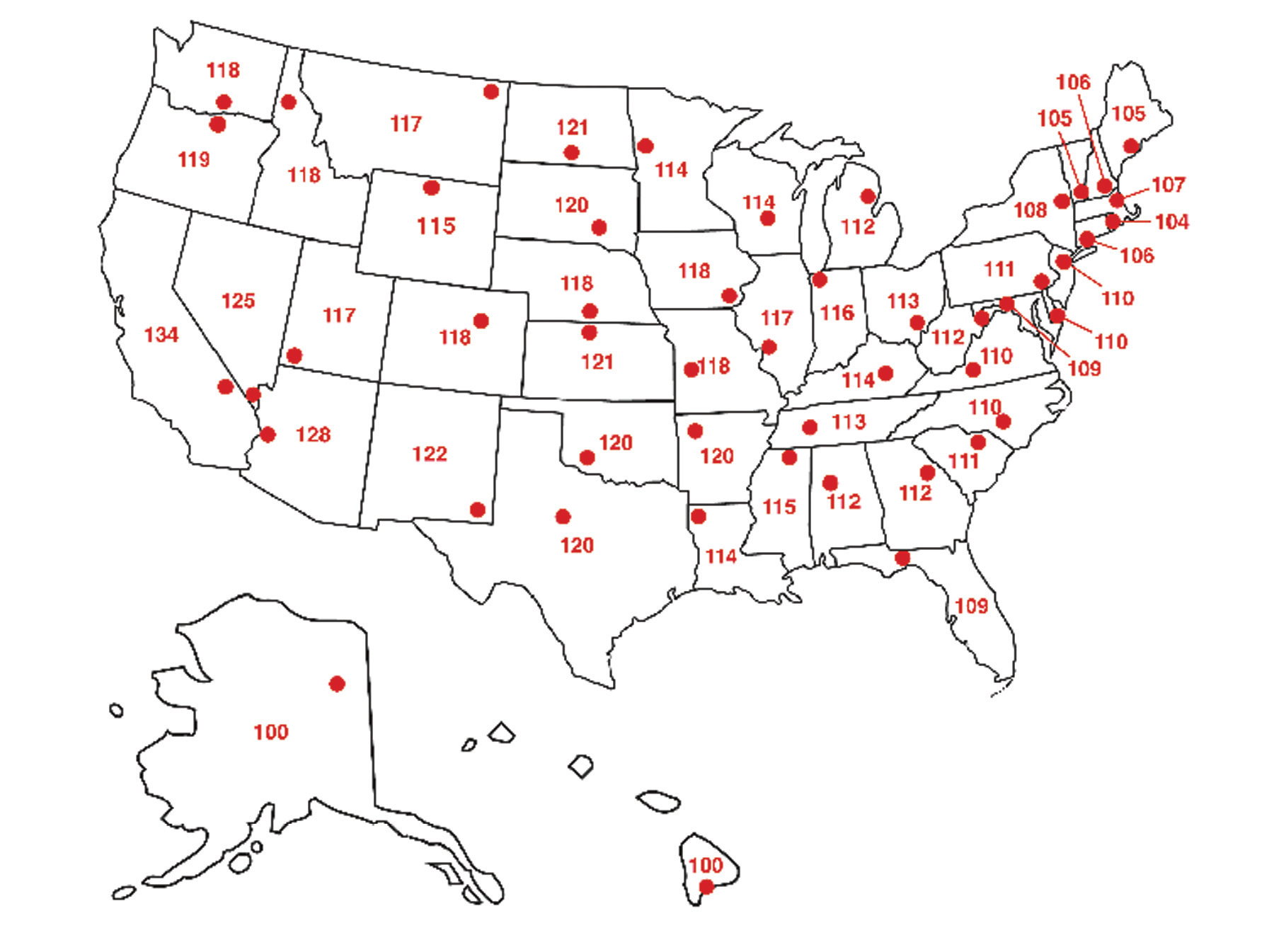How have volcanism and erosion helped shape the physical landscapes of the Hawaiian Island chain?
What will be an ideal response?
Students should know that Hawaiian volcanoes follow a pattern of eruption, building, and erosion. Volcanism builds up the active submarine volcanoes of the Hawaiian chain until they crest the surface of the ocean. Once the volcanoes are above water and dormant, weather and erosion can affect them. The volcano diminishes back into the oceanic crust due to its massive weight and loses elevation. Rain erodes the volcano, creating deeply incised valleys.
You might also like to view...
What is the environmentally unfriendly component of chlorinated fluorocarbons that ultimately damages ozone?
A. chlorine atoms B. carbon atoms C. molecular fragments of carbon and fluorine D. fluorine atoms E. all of the above
What is the tidal datum in reference to in regions with semidiurnal mixed tides?
a. Mean lower low water b. Mean low water c. Tidal range d. Mean tide
Using Figure 6, find the four warmest record maximum temperatures. Fill in this table. What will be an ideal response?

Compare and contrast the different ways of measuring the intensity and/or magnitude of earthquakes? Which do you think is best, and why?
What will be an ideal response?